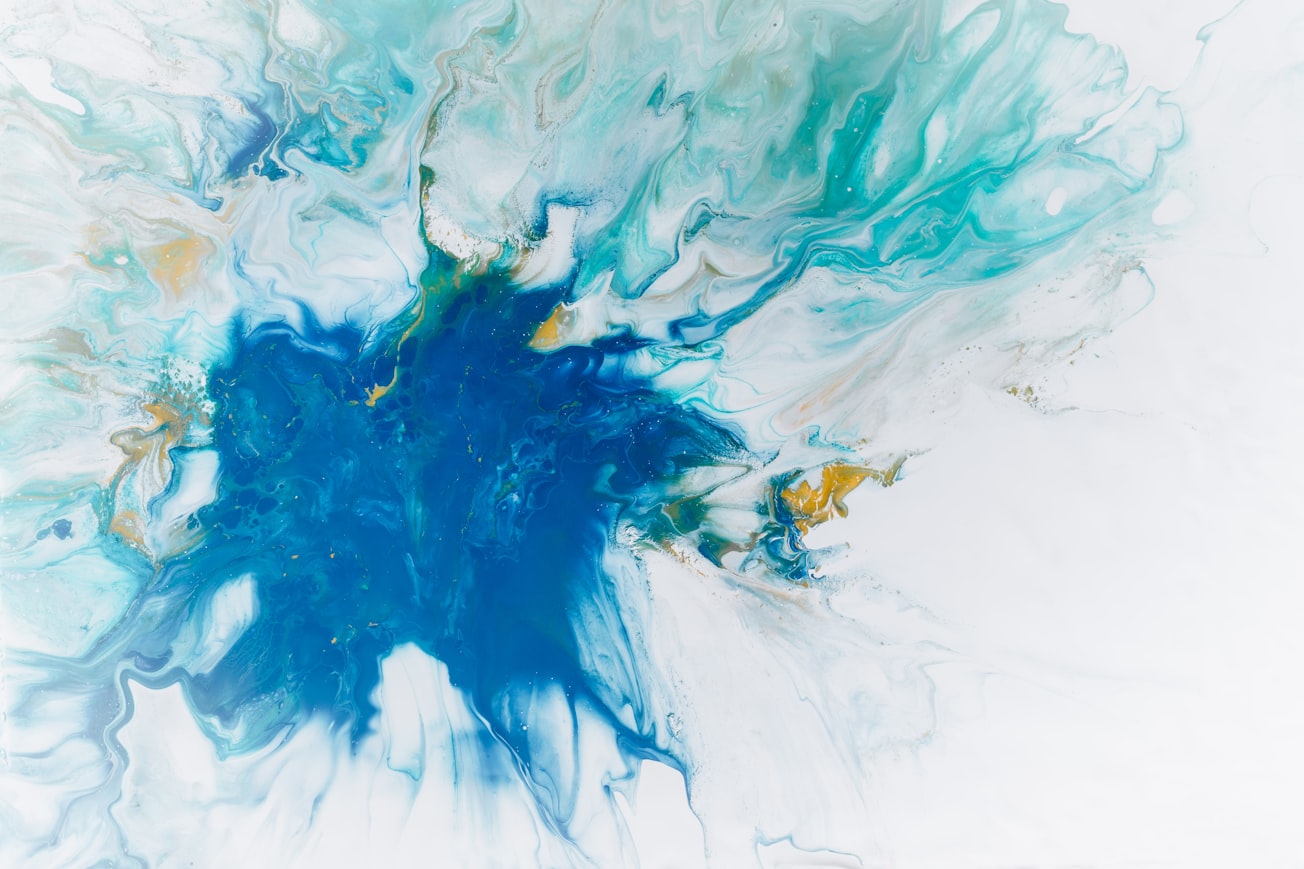What is it about?
This review focus on upconversion nanoparticles based on core-shell lanthanide-doped nanoclusters, which are developed synthetically to achieve a broad range of NIR-active phototherapeutic antimicrobial agents. To this end, this paper illustrates antimicrobial photodynamic therapy (aPDT) and multimodal therapy by NIR photoirradiation, generated by lanthanum doped upconversion nanoparticles (UCNP).
Featured Image

Photo by Pawel Czerwinski on Unsplash
Why is it important?
The rapid emergence of antibiotic resistance posed by the microbial infections, including bacteria, fungi and virus, demands serious attention on developing different antimicrobial drug-delivery routes. Among them, the development of phototherapeutic nanoplatforms, which was applied extensively in antitumor therapy in the last decade, is anticipated to be a promising alternative over conventional resistance prone synthetic antibiotics. However, the full realization of phototherapy application against novel microbial infections will be inevitably based on the usage of more tissue penetrating light trigger in biofriendly NIR region. The review herein presents lanthanide-doped UCNPs, which can convert NIR light into high energy luminescence to be applicable for antimicrobial phototherapy. On the wake of sluggish pace of new antibiotics development and emerging infections continue challenging the global healthcare, nanotechnology-based NIR-driven antimicrobials will definitely set a new avenue in the state-of-the-art.
Read the Original
This page is a summary of: Photoactive Lanthanide‐Based Upconverting Nanoclusters for Antimicrobial Applications, Advanced Functional Materials, July 2021, Wiley,
DOI: 10.1002/adfm.202104480.
You can read the full text:
Contributors
The following have contributed to this page










